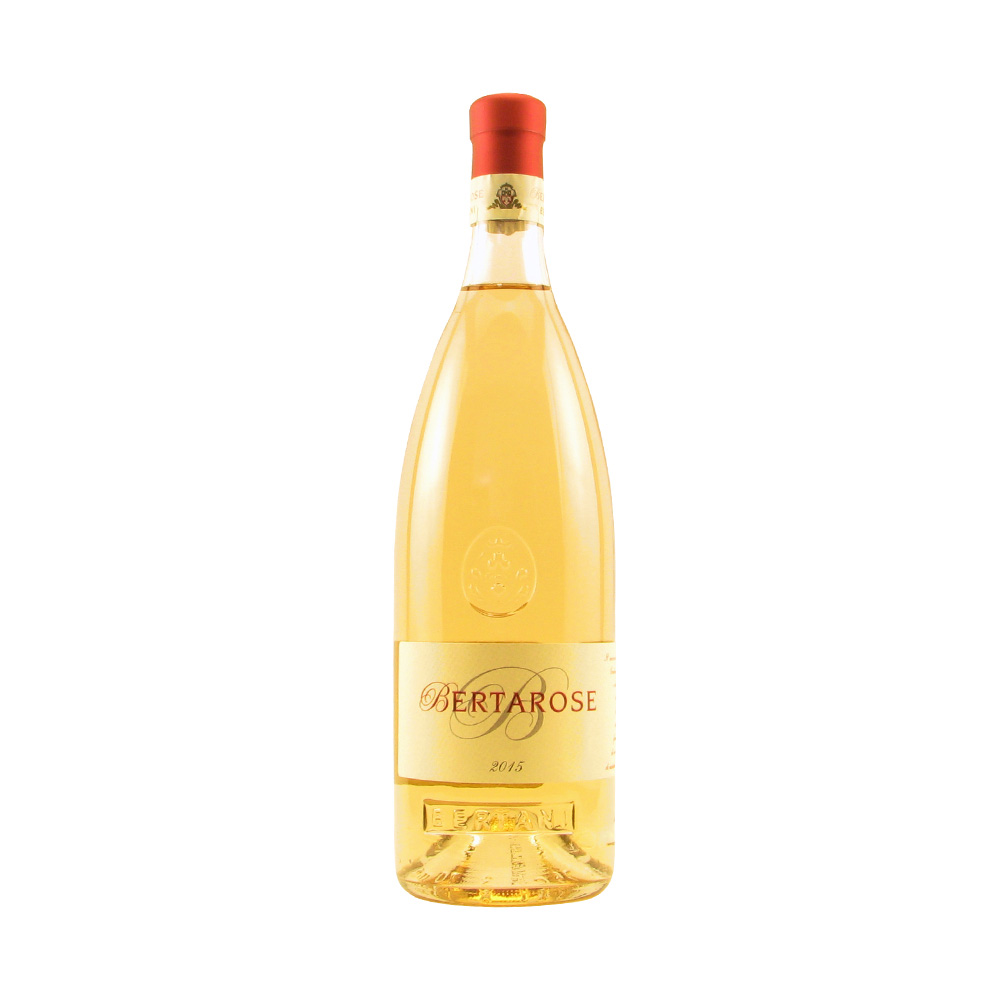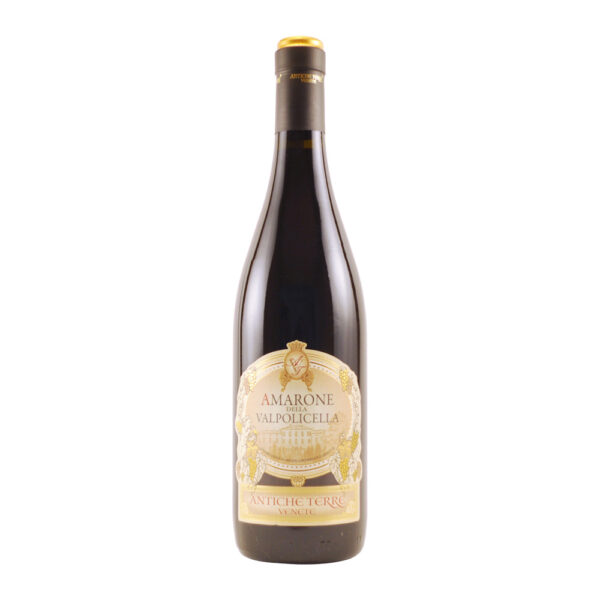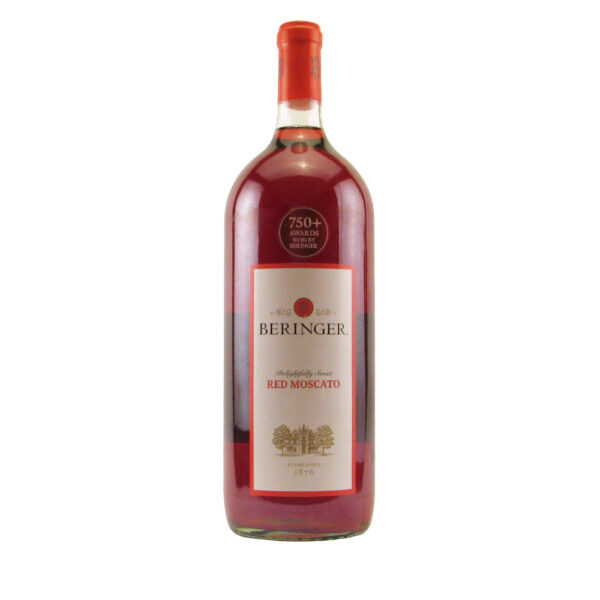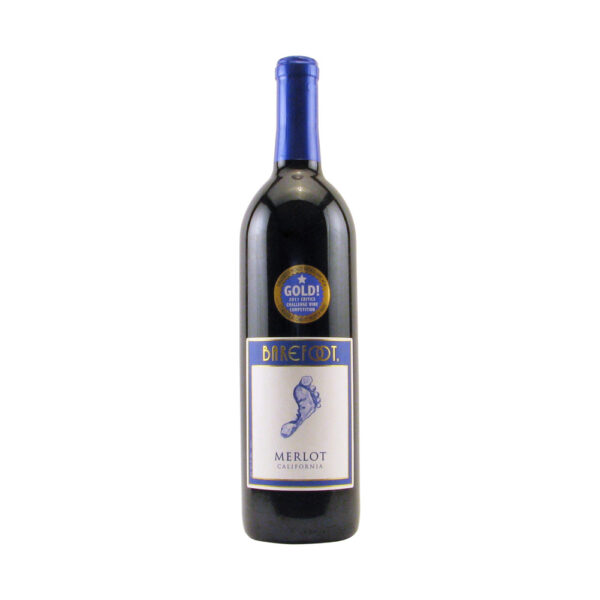Description
Bertani Bertarose 750ML
This lovely light pink rose is dry and crisp with good body and nice acidity while balanced with tanginess. Flavors of cherry, strawberry and almond lead to an excellent lingering finish.
Your nose experiences euphorically fresh aromas of pomegranate and cherries, roses, and strawberries with notes of white flowers.
The beautiful lychee-pink color comes from the Molinara skins as they skin the Merlot grapes for fermentation. Once finished, both wines are blended and aged in a stainless steel tank for 3 months at the end of fermentation. This truly has a perfect blend of Merlot and Molinara.
The combination and harvesting of Bertani Bertarose give you the perfect soft pink color with fresh tart fruit and white flower notes.
It brings elegance and beauty to your afternoon delight, by the pool or an evening with friends.
Bertani Bertarose Notes To Your Senses:
- TASTE: Cherry, strawberry, almond with an excellent lingering finish
- AROMA: Fresh pomegranate and red berries, roses with white flower notes
- APPEARANCE: Beautiful, delicate lychee-pink
- ABV: 12 %
- PAIRING: Aperitif, it also goes well with salads, delicate-flavored pasta dishes, and white meat
- COMPOSITION: 25% Merlot 75% Molinara
Merlot:
While Merlot is produced in France, Italy, US, Chile, and Australia, it gives a variety of possibilities in taste, smell, and color. Also, the ABV can range from 12-15%.
The taste depends on the climate. For example, the cool climate is more structured with a higher presence of tannins and earthy flavors like tobacco and tar. This is where Merlot and Cabernet Sauvignon trick wine drinkers and make them confused. Don’t Fret! It’s a common misconception when drinking an unknown glass of a beautiful, deep to light red.
Wine enthusiasts have a range of findings whenMerlot wine is treated with a cooling climate. Blueberry, roasted tones, licorice, berry, dry, full-bodied, and fleshy with an anise finish is best described.
While in hot climates, Merlot produces a fruit-forward flavor with a less present tannin. Commonly, it’s described as silky, velvety, with undertones of spice and a rich finish. The aromas can range from nutmeg clove to flowers, and mocha.
Generally, a great food pairing would be herbed chicken, roast tomato pasta, roast duck, or beef bourguignon. Keep away from leafy greens and fish for this bottle.
Some producers use American Oak to make their Merlot wines rustic and rich, confusing it with Cabernet Sauvignon. However, a tell-tale sign is tinge orange on the rim as Merlot is sensitive to light.
Molinara:
A light-bodied, red italian grape which is almost exclusivley in the Veneto region. This grape is blended with Merlot to create a soft and elegant rose.
Molinara grapes are rarely used on their own for a wine. It’s usually used to add its naturally high acidity to other red wines or to even out a rich blend.
Rose:
This type of wine incorporates some color of the grape skins, but not enough to call it a red wine. It has a beauty all on its own. They are made from a wide variety of grapes that can be found virtually all around the world.
It is the oldest type of wine and is the most straightforward to make using the skin contact method.
Three ways Rose can be produced: skin contact, saignee, and blending. Its wide range of sweetness is from highly dry to sweet white zinfandels and blushes.
Rose is really versatile and no two are the same. However, Rose is loved by all.
Italy:
Italy has adopted a rigorous controlled appellation system that has strict controls with regulations governing vineyard quality, yields per acre, and aging practices just to name a few. There is over three hundred DOC (Denominazioni di Origine Controllata) and DOCG (Denominazioni di Origine Controllata e Garantita) wines today. There are over five hundred classifications IGT (Indicazioni Geografica Tipica) wines are factored in too. Depending on the region of Italy, you’ll have a better idea of what types of wine are produced.
In the North, the Italian Alps lay against long expanses of the Po River plains. Tiny pockets and microclimates along the mountains link to their very own special wine. It always seems to be a fight between nature and wine, but wine continues to win as it has an extraordinary ability to age.
Central Italy delivers many more exciting wines such as Sagrantino from the Umbrian town of Montefalco, dense and dark Montepulciano from Abruzzo, and white Verdicchio from Le Marche.
Southern Italy, specifically Sicily has native grapes like Nero d’Avola (red) and Grillo (white). Grillo is used to produce fortified wine, Marsala. Sicily has a relaxed regulation with an increased experimentation which make the “new world” wine region, while perfectly locked within the confines of an “old world” wine reality.
Master Sommelier Little Known, Big Facts:
- The color of wine depends on the fermentation extracts using skin, like Red wine as compared to white wine, leaving the skin behind
- The oldest bottle of wine dates back to A.D. 325; it was found in Germany inside two Roman sarcophaguses
- The worst place to store wine is usually in the kitchen because it’s typically too warm, in refrigerators, their warmest setting can be too cold
- Richer heavier foods usually pair well with richer, heavier wines; light wines pair with lighter foods
- Generally, a vintage wine is a product of a single year’s harvest, not when the wine is bottled
- A “dumb” wine refers to the lack of odor while a “numb” wine has no odor and no potential of developing a pleasing odor in the feature
- If a server or sommelier hands you a cork, don’t smell it, look for the date or other information ( mold, cracking, or breaks)
- Tannin is a substance that tingles the gums when you indulge your palate with a sip of wine, it’s an excellent antioxidant
- Smell is by far the most important sense when it comes to drinking wine
- Wine was first developed in Mesopotamia, not France
- French wines are labeled following the soil on which they are produced, not according to the grape used
- When chilling wine, adding salt to ice will cool it down faster
Warnings:
You must be 21 or over to purchase this product
Instructions:
Serve chilled with an orange peel, or use it in combination to make martinis, champagne, or sangria






Reviews
There are no reviews yet.